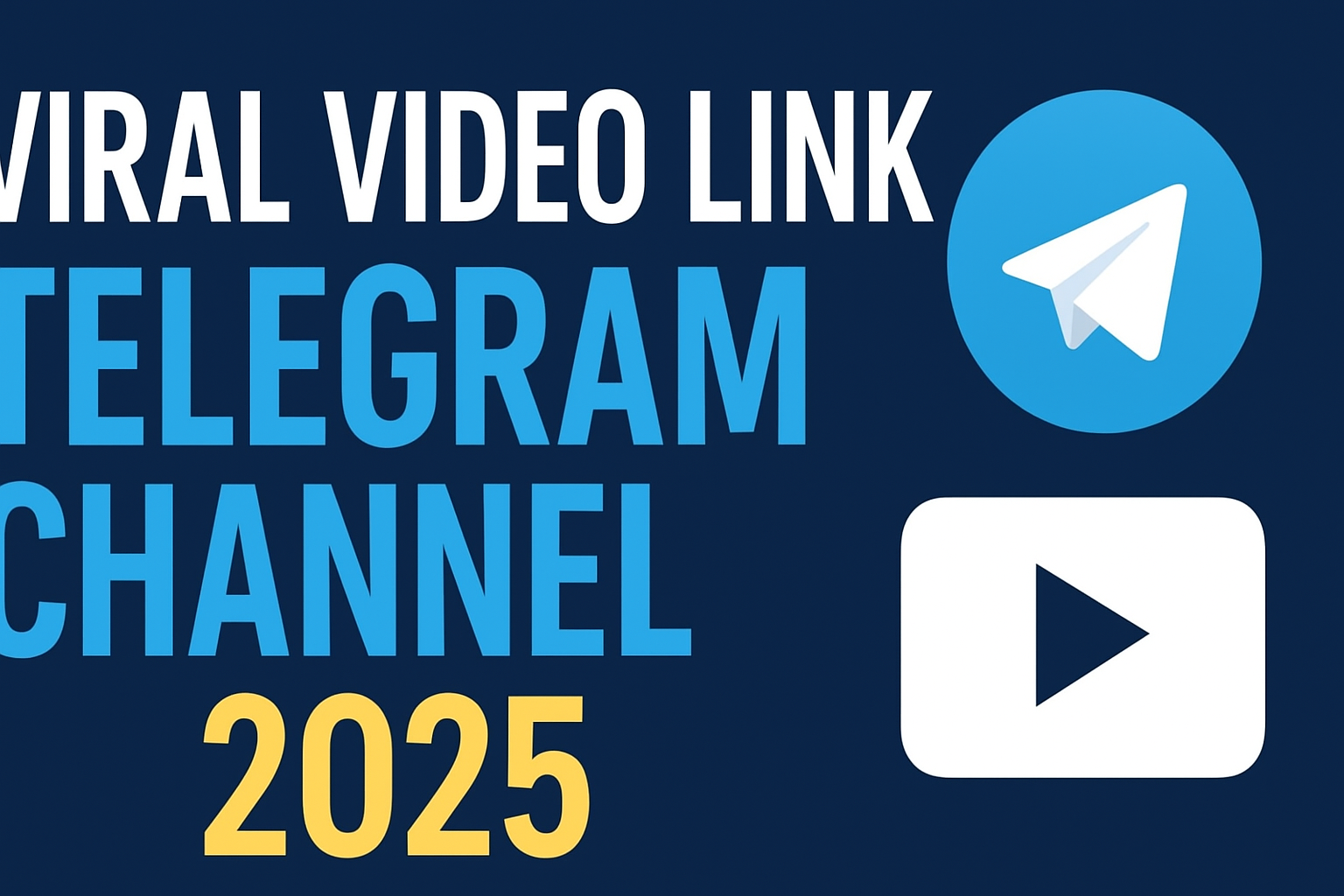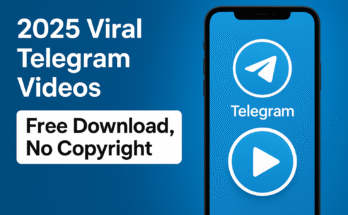Introduction to Viral Videos in 2025
The world of online video has transformed dramatically by 2025. What once took weeks or even months to gain traction can now explode in popularity overnight. Viral videos are no longer just about funny clips or memes—they have become cultural phenomena, brand marketing tools, and even political weapons. In 2025, the rules of virality are defined by speed, relatability, and creativity powered by technology.
Today, people are not just passive viewers—they are participants. They remix, duet, and stitch videos into their own creations. This collaborative form of content sharing fuels virality like never before. A video trend doesn’t just “spread”; it mutates and adapts across platforms. What started as a dance on TikTok can evolve into a challenge on Instagram, a meme on X, and a long-form reaction on YouTube within days.
Looking back at 2020 to 2025, viral content has shifted from raw authenticity to polished, AI-enhanced creativity. The democratization of video tools means anyone with a smartphone and an idea can go viral. But standing out requires more than luck—it demands understanding the science of human behavior, digital algorithms, and cultural timing.

The Science Behind Virality
So, what exactly makes a video go viral? The secret lies in psychology. Human beings are wired to share things that trigger emotions. Whether it’s laughter, shock, inspiration, or even outrage, viral videos thrive on strong feelings. In fact, researchers have found that people are more likely to share content that makes them look informed, funny, or socially aware.
One of the strongest drivers of virality is relatability. When someone sees a video that reflects their life, culture, or struggles, they feel compelled to hit “share.” For instance, short comedy skits about work-from-home struggles in 2021 spread like wildfire because millions of people could instantly relate. In 2025, this principle remains unchanged—just amplified through new tech and platforms.
Another important factor is novelty. Our brains are wired to pay attention to things that are new or unexpected. A video showing an AI-powered dog dancing in perfect sync with its owner might not only surprise viewers but also spark curiosity about the technology behind it. That curiosity drives shares.
Finally, timing plays a huge role. Videos that connect with trending topics or global events tend to spread much faster. A funny video released during the Olympics, a powerful social message posted during a political movement, or a meme tied to a celebrity moment can catapult into virality within hours.
Key Viral Video Trends in 2025
The trends dominating viral content in 2025 are shaped by technology, audience behavior, and platform innovations. One major shift is the balance between short-form and long-form videos. While TikTok and Instagram Reels still dominate with 15–60 second clips, long-form storytelling is making a comeback on YouTube, fueled by hybrid strategies where creators post both quick bites and extended versions.
AI-generated content is another huge trend. Deepfake parodies, AI music videos, and even fully AI-created influencers are going viral. This has raised ethical debates, but it hasn’t slowed down the trend—if anything, audiences are fascinated by the creativity AI enables.
Immersive videos using AR and VR are also taking center stage. Imagine scrolling on Instagram and stumbling upon a 3D video that lets you explore a virtual concert as if you were there. This type of interactivity makes viewers more engaged, increasing the chances of virality.
Challenges and memes are still a staple, but in 2025, they often involve some form of AI enhancement—whether it’s using filters that alter your environment or AI-generated mashups of trending songs. The viral landscape is evolving rapidly, but one thing remains consistent: people love to share content that surprises, entertains, or moves them.
Platforms Driving Viral Videos in 2025
If you want to understand viral videos in 2025, you need to look at the platforms that fuel them. TikTok continues to dominate, but its algorithms have become smarter and more personalized. Unlike the early days when randomness played a big role, TikTok now predicts what has the potential to go viral by analyzing trends in real-time. This means creators who jump on new sounds or memes early can still explode in popularity.
YouTube is no longer just about long-form content—it’s thriving with Shorts. However, the real winners are creators who blend short-form hooks with longer storytelling. Think of a 30-second teaser that goes viral on Shorts, driving viewers to a 10-minute documentary on the same channel.
Instagram Reels remains competitive, but Meta has added AI-powered recommendation engines, making it easier for small creators to reach global audiences. Meanwhile, X (formerly Twitter) has leaned heavily into video after realizing that viral tweets often originate from short clips. With longer video uploads and better monetization tools, X is becoming a serious player in the viral video game.
Even LinkedIn has joined the race with professional, motivational, and educational viral clips—a reminder that virality isn’t just about entertainment anymore, but also about value-driven content.
Elements of a Viral Video in 2025
While technology and platforms evolve, the core elements of a viral video remain universal. The first rule: hook your audience in the first 3 seconds. Attention spans are shorter than ever, and if you don’t grab viewers immediately, they’ll scroll past. A shocking statement, a funny action, or a visually stunning scene can do the trick.
Storytelling is another key factor. Even in 15 seconds, the best viral videos follow a narrative arc—setup, conflict, and payoff. Think of it like a mini-movie. A relatable setup, an unexpected twist, and a satisfying ending can keep viewers watching and rewatching.
Music and sound effects are also critical. Trending songs often drive viral challenges, and syncing your content with the right audio can instantly boost its chances of being picked up by platform algorithms. Memes also play a massive role—when creators use popular memes in creative ways, it gives audiences a sense of familiarity mixed with novelty.
Finally, shareability matters. A video that makes people say, “I have to show this to my friends” will spread faster than one that’s just funny or well-made. Whether it sparks laughter, awe, or debate, a viral video must connect emotionally with its audience.



